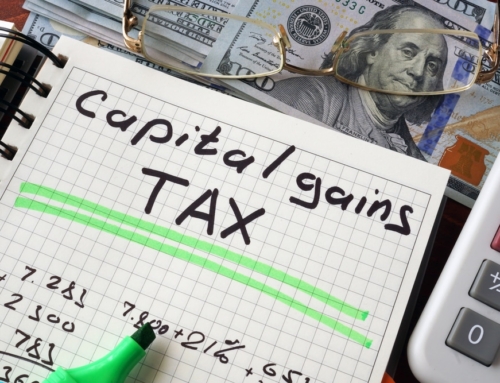One of the things no one really explains to you when you buy a home is that there are many costs for which you are responsible that go above and beyond mortgage payments. Paying taxes, insurance, and homeowners association fees is all part of being a homeowner.
Additionally, when you are the homeowner, you are also responsible for all the repairs, maintenance, and upkeep of everything on the property—inside and out. And boy, can those costs add up!
Are there any tax deductions you can get to reduce the financial impact of these repairs and maintenance?
Not really—although I have seen some people try nefarious schemes to write off the costs of remodeling and improvements.
In the course of helping one man prepare for an IRS audit, for example, I discovered that he had buried about $250,000 worth of his home remodeling costs among the repair costs associated with his rental properties.
It’s really hard to convince the IRS that this is just a posting error. Doing so can lead to some substantial penalties, such as accuracy and fraud penalties, in addition to the extra taxes you’ll have to pay. The penalties can be as high as 75 percent of the understatement of tax.
While you can’t deduct the repairs you make on your home, there may be a few tax benefits available to you when you remodel. It all depends on the materials you choose to use.
Essentially, there are two tax credits you may be able to use. They are the Non-Business Energy Property Credit and the Residential Energy Efficient Property Credit, and both are reported on Form 5695.
The Non-Business Energy Property Credit gives you a credit of up to $500 in a lifetime for making certain energy efficient upgrades to your primary residence, including replacing insulation, roofing, and doors, or adding double-paned windows (though you may use only $200 of this limit for windows). These materials must meet specific energy standards and be accompanied by the manufacturer’s credit certification statement.
You can receive a credit for 10 percent of the cost of the upgrades, up to the $500 limit. In other words, if you spend $5,000 on improvements, you can get $500 back, but only if you didn’t already get this credit in any prior years.
This credit expires at the end of 2013.
The Residential Energy Efficient Property Credit is a hefty tax credit worth 30 percent of the full cost of renewable energy systems such as solar hot water heaters, solar electric equipment, and wind turbines. The credit is only for the cost of the systems, not for the installation labor. You need the manufacturer’s certification for this credit, as well. If the credit is higher than your tax liability, you may carry it over to future years.
This credit expires at the end of 2016.
It’s worth checking to see if your state has similar credits. Also, check with your utility companies to find out if it will give you credits or rebates for installing any of these items. In fact, some utility companies will buy up the excess energy you generate when you install solar or wind systems.
Eva Rosenberg, EA is the publisher of TaxMama.com, where your tax questions are answered. She is the author of several books and ebooks, including Small Business Taxes Made Easy. Eva teaches a tax pro course at IRSExams.com and tax courses you might enjoy at http://www.cpelink.com/teamtaxmama.





